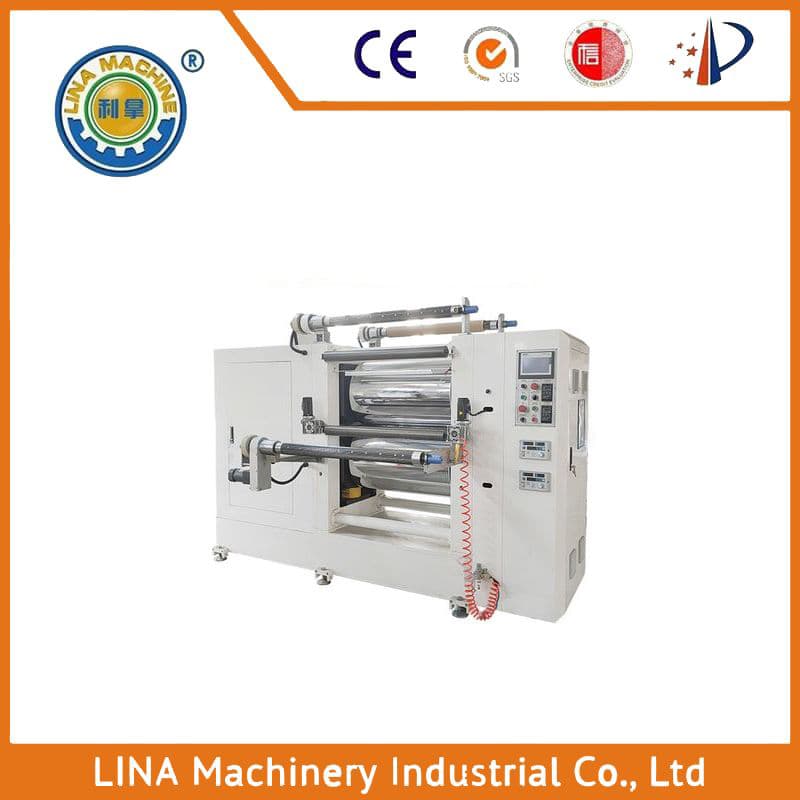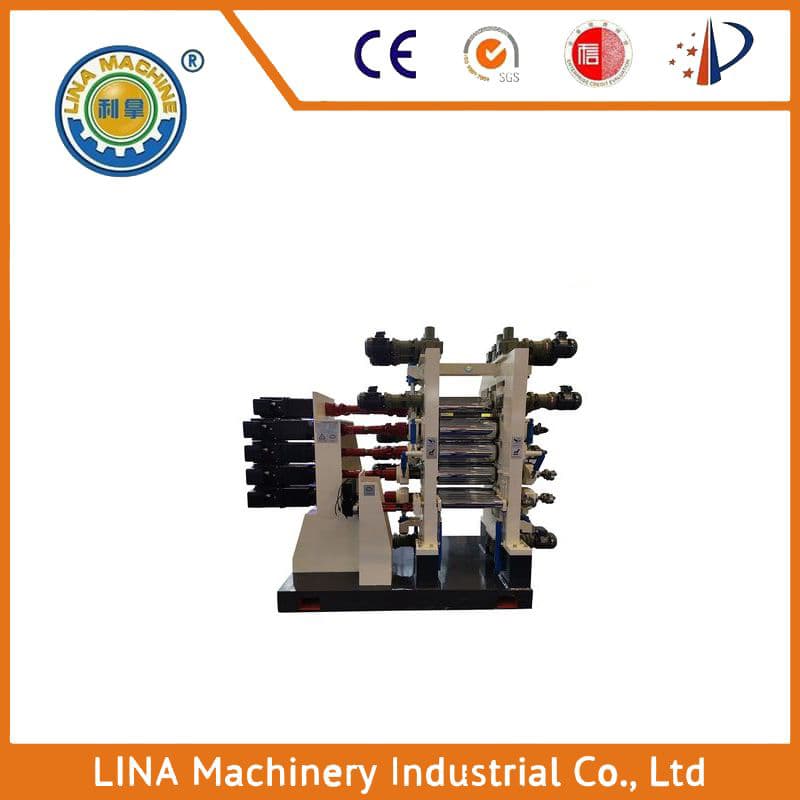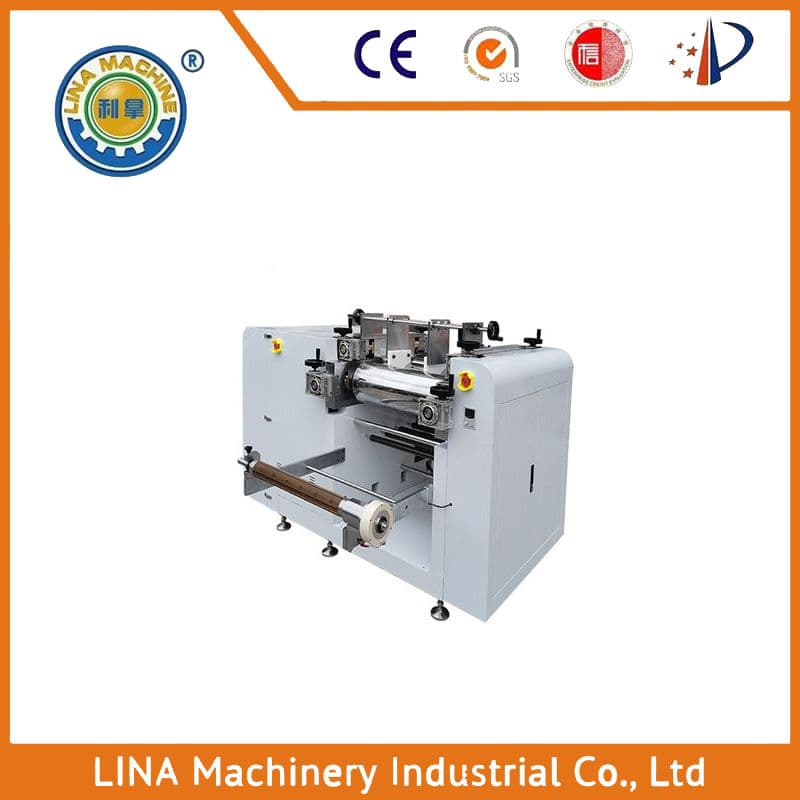The Art of Particle Formation in Ceramic Powder Making Machines
Ceramic powder making machines play a crucial role in the manufacturing process of ceramic materials. These machines are designed to transform raw materials into fine, uniformly sized particles that can be used for various applications such as electronics, construction, and automotive industries. In this article, we will explore the different types of ceramic powder making machines, their working principles, and the benefits they offer in the production of high-quality ceramic products.
One of the most common types of ceramic powder making machines is the ball mill. This machine uses grinding media to break down the raw materials into smaller particles. The size of the particles produced depends on the rotational speed and the amount of grinding media used. Ball mills are widely used in industries that require high-quality ceramic powders for their products, such as electronics and automotive parts.
Another popular type of ceramic powder making machine is the planetary ball mill. This machine has a rotating disc that rotates around a stationary axis. The grinding media is suspended between the rotating disc and the stationary axis, which causes them to move back and forth. Planetary ball mills are ideal for producing ceramic powders with a wide range of particle sizes, making them suitable for a variety of applications.
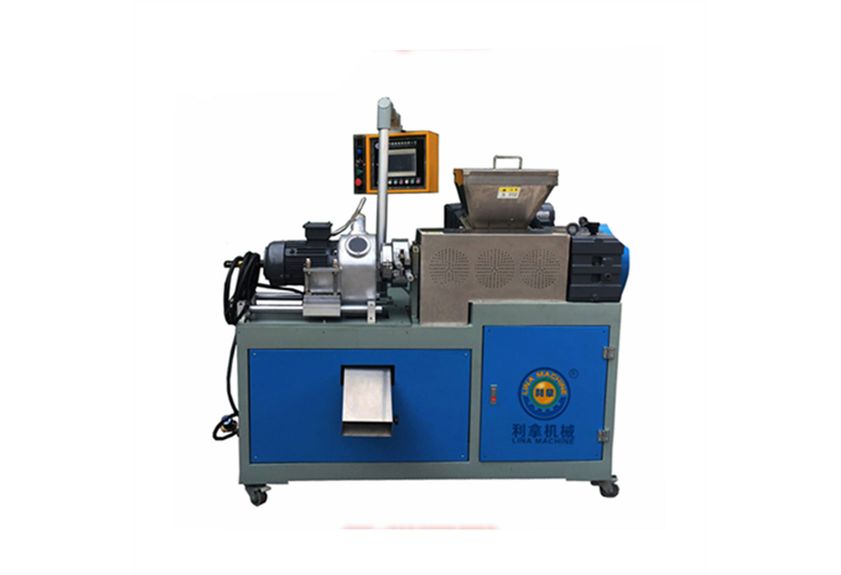
In addition to these two types of ceramic powder making machines, there are other specialized machines available for specific applications. For example, the fluidized bed ball mill is used to produce ceramic powders with a high degree of purity and low impurity content. The fluidized bed system allows for more efficient grinding and reduces the risk of contamination.
The working principle of ceramic powder making machines is based on the principle of mechanical energy conversion. The raw materials are fed into the machine, where they are subjected to a high-speed rotational motion. This motion causes the grinding media to strike the raw materials, breaking them down into smaller particles. The resulting powder is then collected and stored for further use.
The benefits of using ceramic powder making machines include improved product quality, increased efficiency, and reduced labor costs. By using these machines, manufacturers can produce ceramic powders with consistent particle sizes and high purity levels, which are essential for many applications. Additionally, the use of these machines can help reduce waste and improve overall sustainability in the manufacturing process.
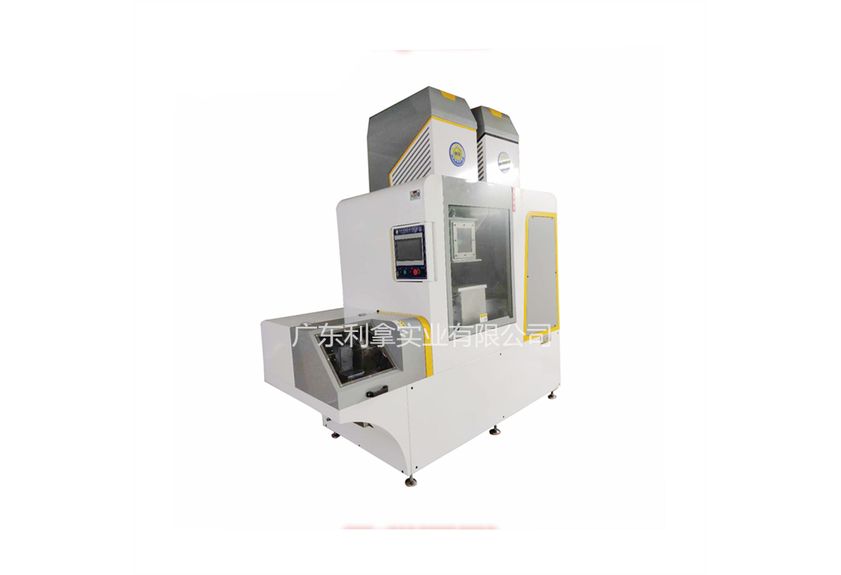
In conclusion, ceramic powder making machines play a vital role in the manufacturing industry by providing a reliable and efficient way to produce high-quality ceramic powders. With the right machine selection and proper maintenance, manufacturers can achieve optimal results while minimizing costs and environmental impact.


